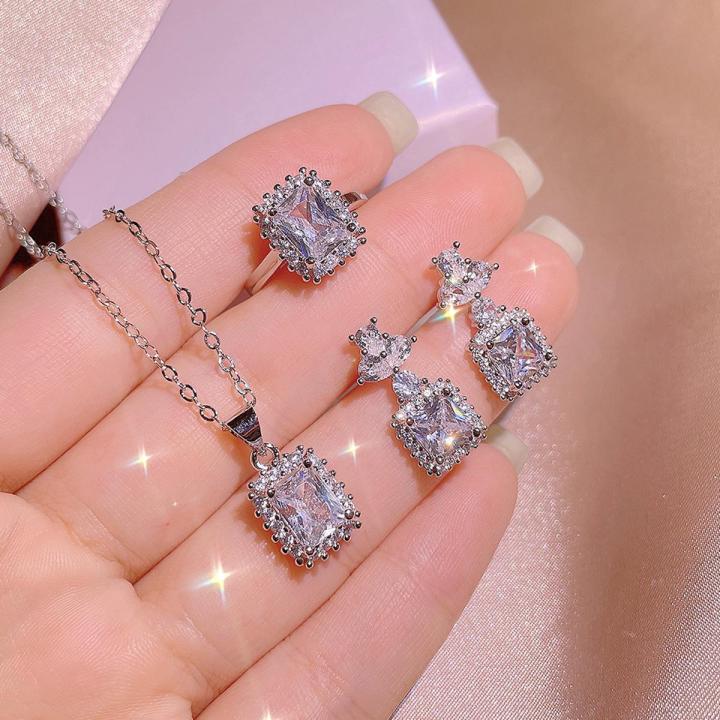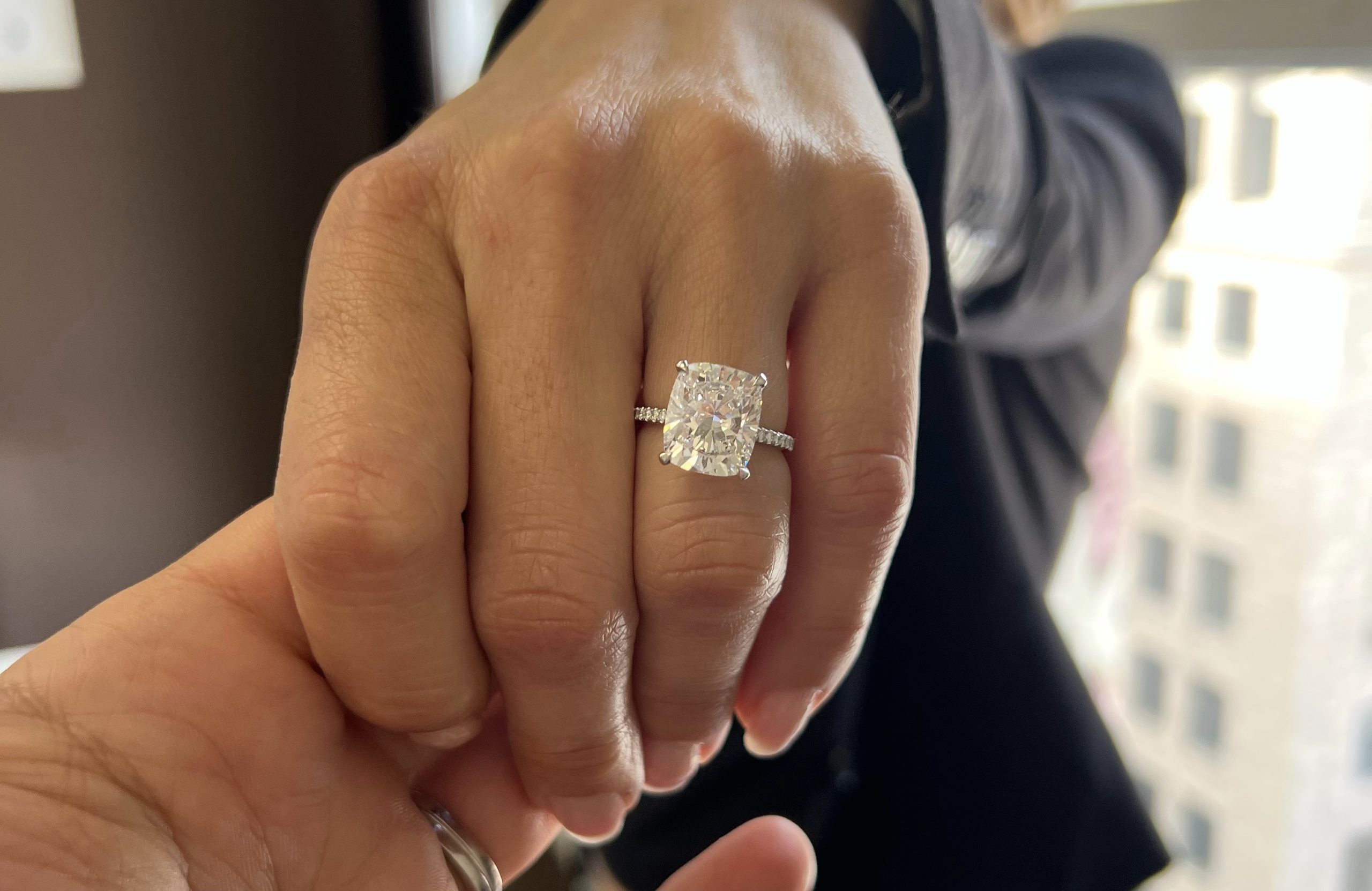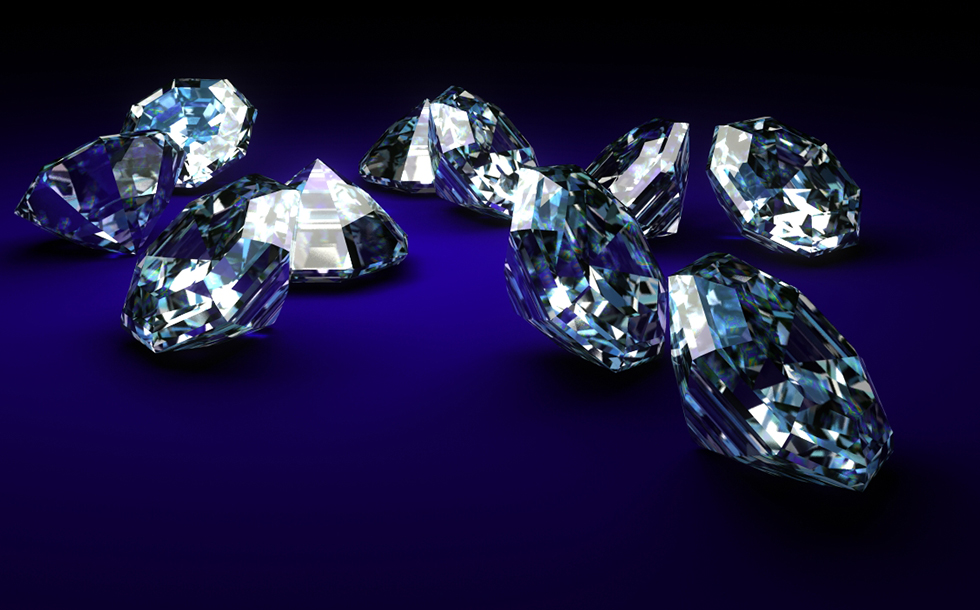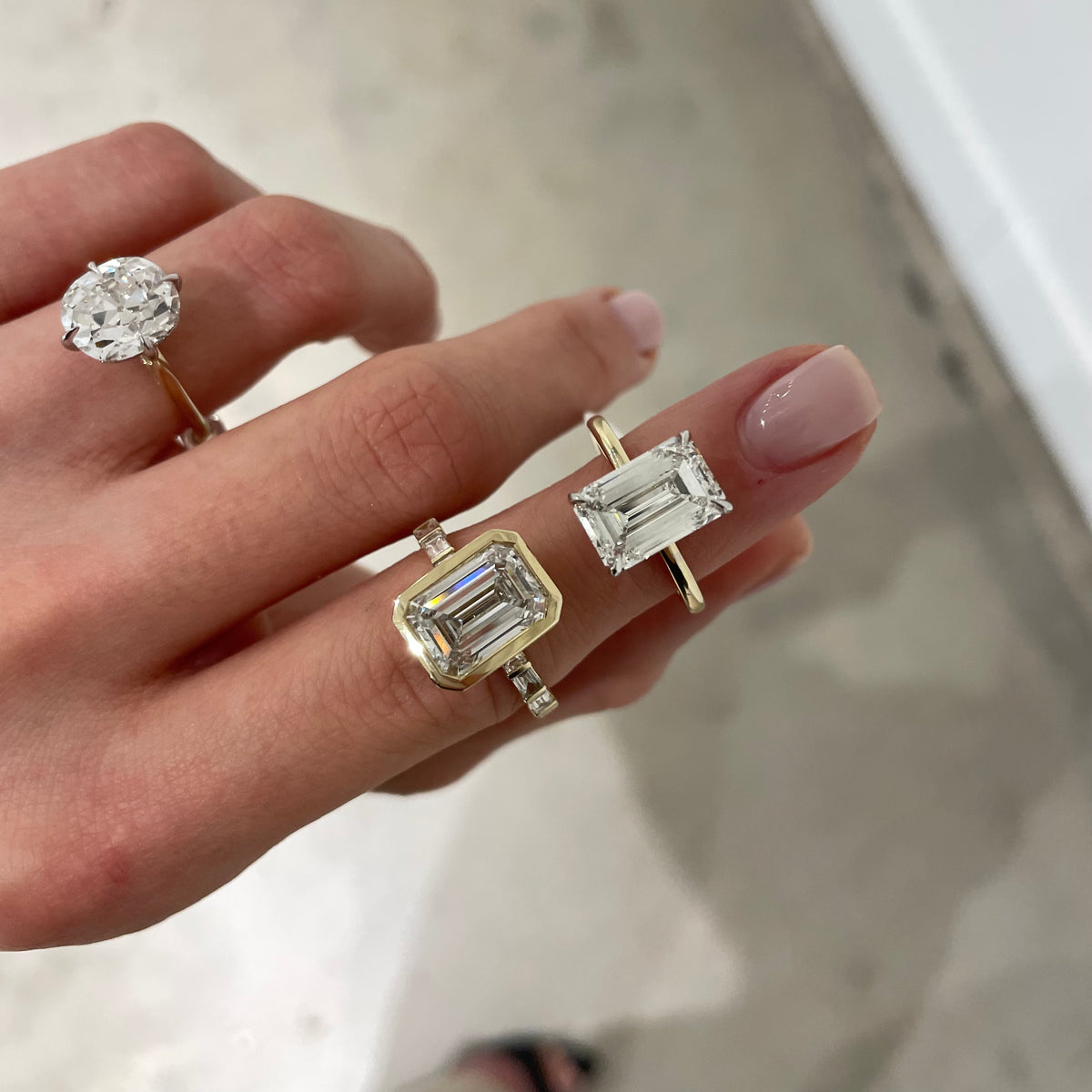With regards to choosing a setting for your lab grown diamond ring, the kind of hooks involved assumes a vital part in both the tasteful and security of the ring. Paws are the little metal prongs that hold the diamond set up, ensuring that it stays secure while improving the stone’s excellence. The right hooks can lift the presence of your lab grown diamond ring while likewise offering the fundamental help to safeguard the diamond. In this article, we will explore the importance of paws for claws for lab grown diamond rings, various types of hooks, and how to pick the best one for your special piece of gems.
Understanding the Job of Paws in Lab Grown Diamond Rings
Paws for lab grown diamond rings are fundamental parts in any ring setting, as they secure the diamond set up. These prongs hold the diamond at different places, normally four or six, and are intended to guarantee that the stone remaining parts securely mounted while additionally permitting light to go through, which amplifies the diamond’s brightness and shimmer. The hooks are important not just for keeping the diamond secure yet additionally for improving its visual allure. A very much planned hook setting will showcase the diamond’s normal excellence by lifting it over the band, permitting it to get the light from all points.
While considering paws for lab grown diamond rings, it’s important to understand their motivation in keeping up with both the security and the magnificence of the ring. Picking the right paw setting guarantees that your lab grown diamond remains solidly set up while permitting the diamond to sparkle in its full glory.
Types of Paws for Lab Grown Diamond Rings
There are a few types of paws utilized in lab grown diamond rings, each with its own benefits. The most widely recognized types of paw settings are the four-hook and six-paw plans, however there are likewise varieties that take special care of various stylish inclinations and diamond shapes.
A four-paw setting is one of the most conventional and well known choices for wedding bands. It offers a moderate look while safely holding the diamond at four places. This setting style considers greatest perceivability of the diamond, causing it to seem bigger and permitting light to move through the stone, improving its splendor.
A six-paw setting, then again, gives more security by holding the diamond at six places. This plan offers extra support, making it ideal for bigger diamonds or for the people who prioritize security. Six-paw settings are likewise outwardly engaging, offering a decent, balanced look.
For the individuals who favor a more special or classic style, other hook plans, for example, twofold or bezel settings might be a solid match. Twofold paw settings utilize two prongs for each resource, giving added security, while bezel settings circle the diamond with a slender metal edge, offering a smooth, present day look with greatest insurance.
Why Paws Matter for Lab Grown Diamond Rings
The paws for lab grown diamond rings are basic not only for securing the diamond yet additionally for upgrading the general plan. The position, number, and state of the hooks can decisively influence the presence of the diamond and the ring overall. Picking the right hooks guarantees that your lab grown diamond ring looks exquisite while being useful.
Hooks for lab grown diamond rings likewise add to the life span and solidness of the ring. Since these prongs are the piece of the ring that comes into direct contact with the diamond, they assume a key part in keeping the diamond set up. Very much created hooks guarantee that the diamond stays secure after some time, decreasing the gamble of the stone turning out to be free or harmed. Also, hooks that are too short or slender may wear out over the long run, so it’s important to choose strong paws that will hold the diamond safely for years to come.
Materials Utilized for Paws for Lab Grown Diamond Rings
Hooks for lab grown diamond rings are normally produced using valuable metals like platinum, gold, or white gold. The decision of material assumes an important part in both the appearance and sturdiness of the hooks. Platinum is a well known decision in light of its solidarity and protection from wear. It gives superb security to diamonds and is likewise hypoallergenic, making it an optimal choice for those with delicate skin.
Gold, whether yellow, rose, or white, is another famous decision for hooks in lab grown diamond rings. Gold offers a delightful sparkle and is more affordable than platinum, however it very well might be less solid in the long haul. White gold is frequently liked for its comparative appearance to platinum, while rose and yellow gold deal a work of art, warm tasteful that matches well with an assortment of diamond colors.
The material picked for the hooks ought to supplement the style of the diamond and the general plan of the ring. Whether you pick platinum for its solidarity, gold for its magnificence, or another metal for its exceptional properties, the material of the hooks ought to be picked in view of both strength and style.
How to Pick the Right Paws for Lab Grown Diamond Rings
While choosing paws for lab grown diamond rings, there are a few factors to consider to guarantee the hooks are both practical and stylishly satisfying. The principal thought is the quantity of paws required. A four-hook setting is frequently adequate for more modest diamonds or those with an exemplary plan, while a six-paw setting offers added security for bigger diamonds or for people who incline toward a more hearty plan.
The size and state of the diamond are additionally important factors while choosing hooks. Round diamonds normally best search in four-hook or six-paw settings, while different shapes like oval, pear, or emerald lab created diamonds might require an alternate game plan of hooks for ideal security. For instance, an oval-molded diamond might profit from additional paws at the adjusted edges to keep it from moving.
Another factor to consider is the general plan of the ring. Certain individuals favor a more moderate style, while others might lean toward a rare or elaborate look. For moderate plans, a four-paw setting might be the most ideal decision, while more ornate plans might incorporate extra decorative components around the hooks for a more unpredictable appearance.
The Advantages of Paws for Lab Grown Diamond Rings
Paws for lab grown diamond rings offer a few benefits over different types of settings. One of the fundamental advantages is the capacity to showcase the excellence of the diamond. Since paws hold the diamond up over the band, they permit light to radiate through the stone, improving its splendor and shimmer. This causes the diamond to seem bigger and more brilliant, giving it a stunning impact.
Hooks additionally take into consideration simple upkeep and cleaning of the diamond. Since the hooks allow the majority of the diamond to be uncovered, you can undoubtedly clean the stone and keep it looking delightful without stressing over unpredictable settings or difficult to-arrive at areas. This makes paws for lab grown diamond rings a reasonable decision for regular wear.
Conclusion
Paws for lab grown diamond rings are a fundamental component that joins both style and security. The right hooks can upgrade the excellence of your diamond, permitting it to sparkle splendidly, while additionally giving the essential assurance to keep it secure. Whether you pick a four-hook, six-paw, or a more remarkable setting, understanding the importance of hooks will assist you with pursuing an informed choice while buying your lab grown diamond ring. By choosing the right hooks, you guarantee that your diamond stays secure, delightful, and an enduring image of your affection and responsibility.









